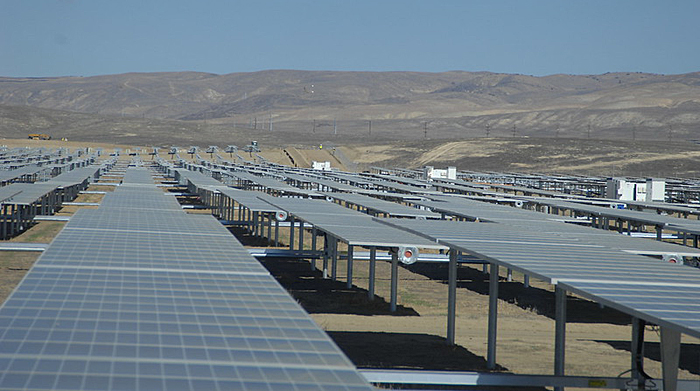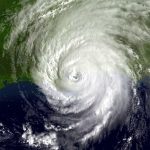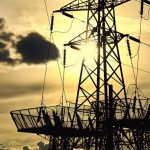California ISO Takes Aim at Energy Storage to Boost Reliability

Image courtesy of USFWS Pacific Southwest Region under Attribution 2.0 Generic License, resized to 700 x 391 pixels.
The California ISO (Independent System Operator, also known as CAISO) is looking to fortify electricity storage options for the state’s aggressive push into renewable energy. Specifically, the California ISO wants to improve how it models energy storage, and it wants to develop criteria to ensure that large storage projects are conceived in a way that does not compromise the grid or its evolution.
Details on How the California ISO Plans to Enhance Its Storage Model
According to Elliot Mainzer, CEO of the California ISO, “We’ve entered a golden age of energy storage here in California.” In fact, California has over 3k MW of utility-scale batteries connected to the grid, including 700 MW brought online within the last 30 days prior to this writing. This is the highest amount of connected storage anywhere in the U.S., and it is why CAISO needs to optimize its energy storage protocols, specifically by improving the accuracy of modeling a storage project’s capacity to send power to the grid.
California first developed its “NGR model” in 2012 for this purpose, and the model was considered ahead of the curve for its time. But with the growth in this area over the past decade, CAISO needs to update the model so that it can “better and more rationally” distribute energy storage resources, including resources associated with virtual power plants. As such, a key issue is what type of compensation storage owners should be entitled to for both charging batteries during periods of excess generation and discharging power to the grid when system demand is high.
The new model will be called the Energy Storage Resource or ESR model, and it will be under development for several months at a minimum. Once it’s rolled out, it could serve as a model for other ISOs across the country. At least, that’s what the California ISO is hoping for. Time will tell.



